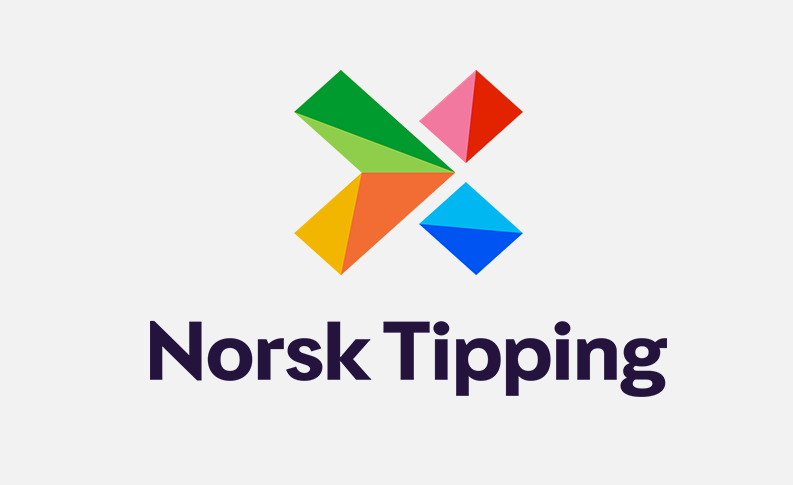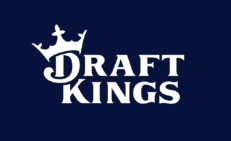Norsk Tipping to reduce monthly loss limit for players
From 1 September, the maximum limit for losses on Norsk Tipping’s online games will be lowered to NOK 5,000 a month.The loss limit on the online games casino, bingo and eFlax was lowered from NOK 10,000 to NOK 7,500 from 1 December 2020, as an immediate measure after a period of increase in income from high-risk players.
Now it is lowered by another 2,500 kroner. We have seen a clear effect after we adjusted the limit in December, in that the proportion of high-risk players has fallen over a longer period of time. Nevertheless, we see that there is still a group of core players who lose a lot.
Therefore, we want to see if a lower limit can affect these in a positive direction, says Norsk Tipping’s head of responsible gaming, Bjørn Helge Hoffmann. Norsk Tipping estimates that the new maximum limit will reduce customers’ losses by between NOK 150 and 175 million on an annual basis. If you look at the total reduction from December 2020, from 10,000 to 5,000 kroner, the estimate is between 250 and 300 million kroner.
The amount can be greater if players move to unregulated companies without loss limits, or smaller if the players move the turnover to other games at Norsk Tipping. The new loss limit of 5,000 kroner for the online games will apply until further notice. We think that this change in the first instance applies throughout the year. A major review and evaluation of the entire Norsk Tipping loss limit regime is now underway. When this work is completed, we will present an updated, permanent set of rules for the entire business, says Hoffmann.
The lower loss limit for online games was just one of the measures introduced in December 2020. The other measures, such as a 15-minute mandatory break after one hour of continuous play, still apply. The population survey on gambling, which was presented in May 2020, showed a significant increase in the number of gambling-addicted Norwegians. The new loss limits are part of Norsk Tipping’s work to help reverse this trend. We see good trends in our own figures, but the answer to whether we succeed with our measures we will only get when the next population survey comes in 2022, Hoffmann says.





